Manning Hall
Introduction
Text-to-speech Audio
Images
The front view of Manning Hall from the quad between Carolina and Murphy Halls.
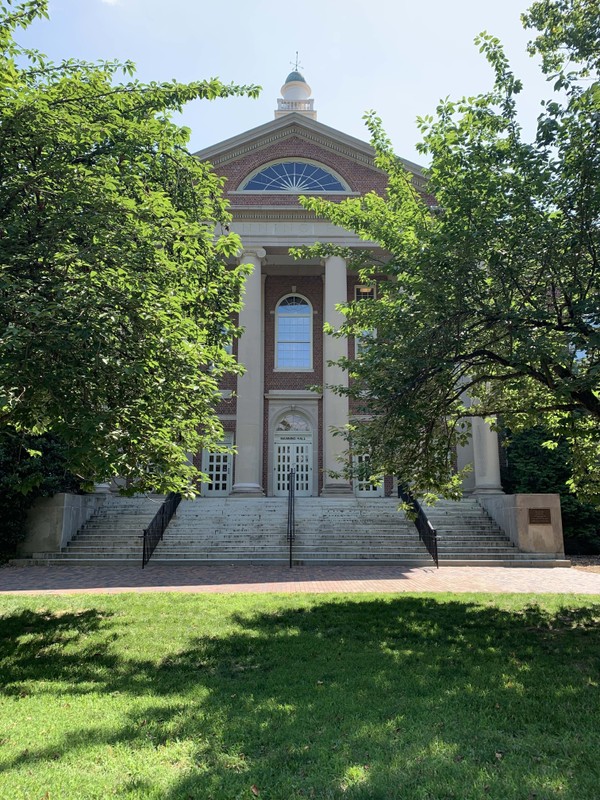
This plaque on the front steps commemorates the completion of Manning Hall in 1923. Manning Hall was originally the home of UNC's School of Law. The building was named after John Manning, a professor and dean at the Law School.
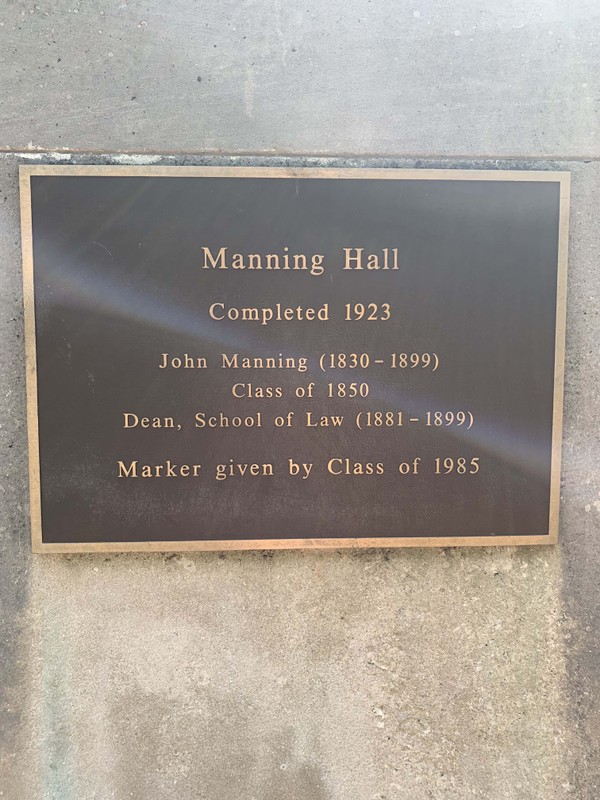
On this building committee plaque just inside Manning Hall's front doors are a few notable individuals. Both W. C. Coker and Charles T. Woollen also lent their names to buildings across UNC's campus.
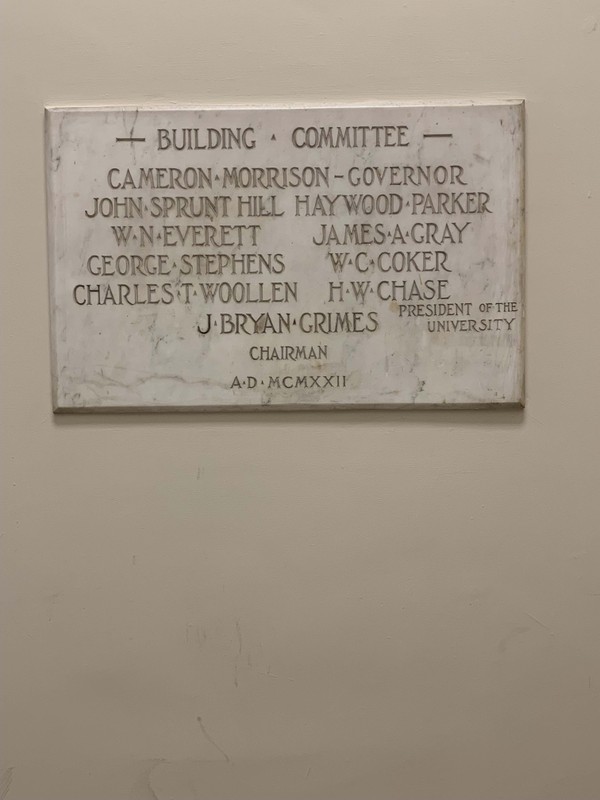
The Law School at Manning Hall was desegregated after Black students sued the university for wrongful denial of admission. Decades later, a vacant Manning Hall would become the central location of the Foodworkers' Strike.
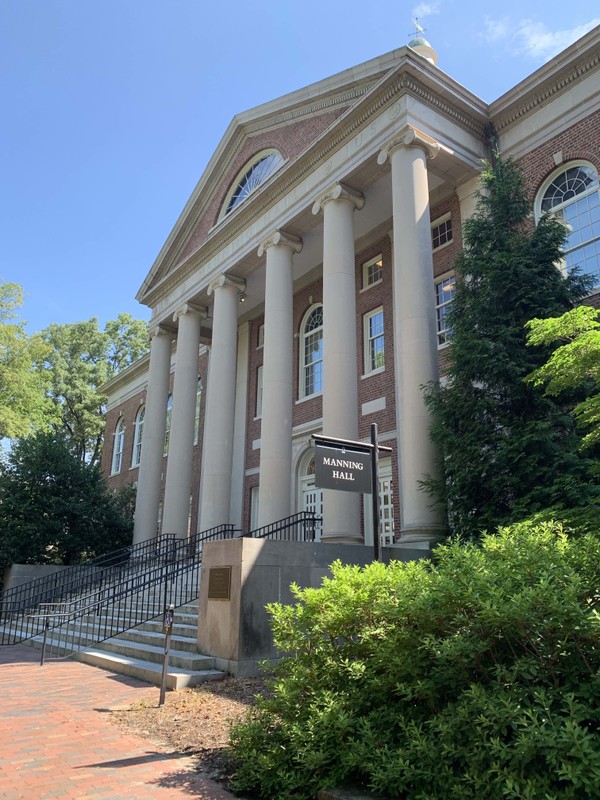
Cafeteria workers at Lenoir Hall, which can be seen here to the right of Manning Hall, went on strike with the aid of the Black Student Movement at UNC. Its proximity to Lenoir made Manning Hall a convenient location for meetings, meals for students on st
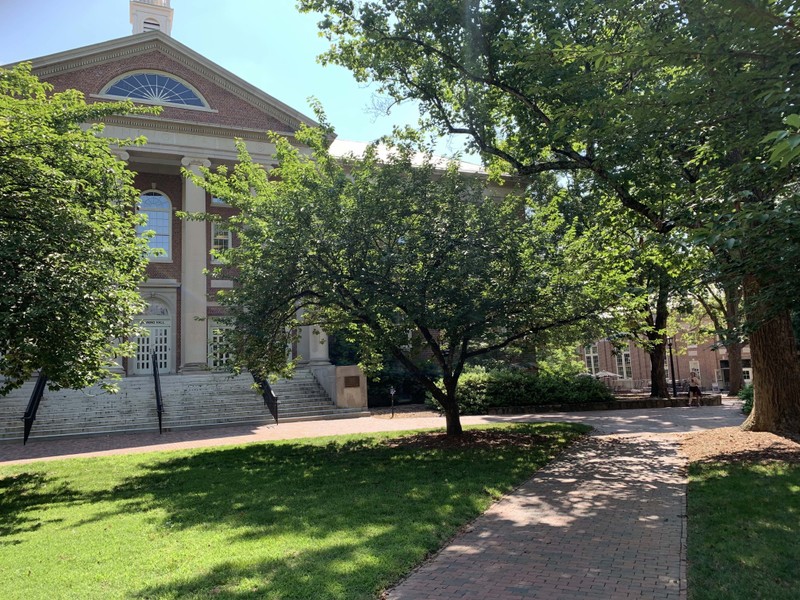
Backstory and Context
Text-to-speech Audio
Manning Hall was built as part of a two-year, $1.5 million project aimed to increase space for classrooms and student housing. The building would be the new home of the Law School and was named Manning Hall after John Manning, a professor and long-time Trustee of the University. Renovations to the building began in 1949 to make room for the growing population of the Law School. New additions included a student lounge, a library, new offices, study rooms, and a courtroom.
In the late 1940s and early 1950s, the Law School drew national attention. In a time when “separate but equal” still ruled, Black students applied to UNC’s School of Law rather than the assumed destination for Black students: the North Carolina College for Negroes (now North Carolina Central University). Although the Board of Trustees released a statement that applicants’ race would not be considered when determining admission, Black students felt they were wrongfully denied. The School of Law was taken to court by Black students, including Floyd McKissick, with the support of the NAACP. The court sided with the University and UNC President Gordon Gray said he would not support Black students in any undergraduate, graduate, or professional school at UNC. The North Carolina Court of Appeals ruled that the University could not deny admission to the plaintiffs. In 1951, four Black students were admitted to the UNC School of Law.
Almost two decades later, Manning Hall was back in the center of a controversy. By the mid-1960s, UNC’s Black student population was less than one percent. The Black Student Movement (BSM) was created to push the university toward more diverse admission practices and to educate Black high school students about public institutions of higher learning. In 1968, the BSM began supporting the cafeteria workers who were underpaid and mostly African-American. Cafeteria workers had compared paychecks and noticed that they weren’t getting paid a consistent salary for the same amount of work. In December 1968, the BSM released a list of twenty-three demands about admissions and Afro-American studies and the cafeteria workers began a strike in Lenoir Hall, the cafeteria on campus. Students and workers met in the now vacant Manning Hall. The building was used as the “Soul Food cafeteria,” serving donated food to students who were boycotting Lenoir Hall. State Troopers were sent in by the North Carolina governor after several strikers turned over tables in Lenoir Hall. In March of 1969, the governor and the General Assembly agreed to raise the salary of non-academic employees by ten percent and increase the minimum wage of public university workers to $1.80.
Cite This Entry
Leslie Bryan (Gant). "Manning Hall." Clio: Your Guide to History. June 20, 2019. Accessed August 11, 2025. https://theclio.com/entry/82464
Sources
Collins, Caroline. Manning Hall. UNC History. . 06/08/2019. http://unchistory.web.unc.edu/files/2017/04/dc.lib_.unc_.edu4_.jpg.
Collins, Caroline. Building Narratives. UNC History. . 06/08/2019. http://unchistory.web.unc.edu/building-narratives/manning-hall/.
Service Not Servitude. UNC Libraries. . 06/14/2019. https://library.unc.edu/2019/03/service-not-servitude/.
Chapel Hill Food Workers' Strike. UNC Archives. 03/06/1969. 06/16/2019. https://archive.org/details/uncua_foodworkersstrike_a.
Food Workers' Strike. . 06/14/2019. https://exhibits.lib.unc.edu/exhibits/show/protest/foodworker-essay/foodworker-docs.

